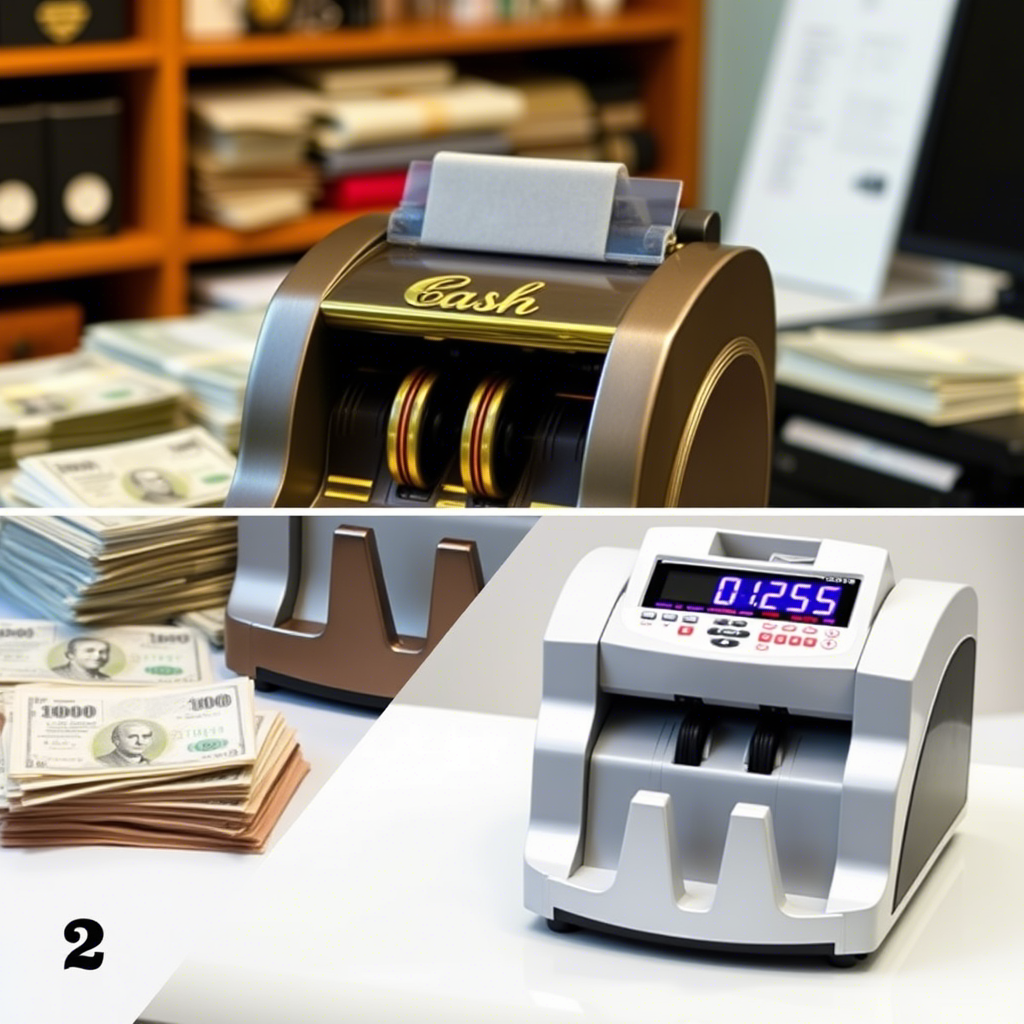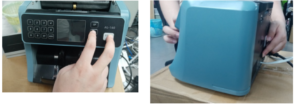The money counting machine, a staple in businesses handling large volumes of cash, has a surprisingly complex history. While no single person can definitively claim the title of “inventor,” this article explores the key figures and innovations that led to the development of modern money counting technology, from early mechanical devices to sophisticated electronic systems. We’ll also examine the impact of these machines on various industries and their continued evolution in a digital age.
The Early Days: Mechanical Marvels and the Quest for Accuracy
Believe it or not, folks were trying to automate money counting way before electricity was a thing. The earliest attempts were purely mechanical, relying on gears, levers, and human power. Think of it like a super-complicated abacus designed specifically for bills or coins.
While pinning down the absolute first invention is tricky, some historical accounts point to the late 19th and early 20th centuries as a period of significant development. Inventors were tinkering with various mechanisms to speed up the counting process. These early machines weren’t exactly lightning-fast or foolproof, but they laid the groundwork for future advancements.

One key challenge was dealing with variations in bill size and condition. Back then (and even now!), money wasn’t always perfectly uniform. Wear and tear, slight size differences, and even the way bills were folded could throw off mechanical counters. So, accuracy was a constant struggle.
Imagine a bank teller having to recount a stack of bills multiple times because the machine glitched. Talk about a time suck! These early machines were more like prototypes, demonstrating the potential of automated counting but also highlighting the need for major improvements. They were more like labor-saving attempts than truly reliable machines.
The Electronic Revolution: Speed, Precision, and Counterfeit Detection
The real game-changer arrived with the advent of electronics. Suddenly, things got a whole lot faster and more accurate. The mid-20th century marked a turning point, with the introduction of electronic components that could handle counting at significantly higher speeds.
Instead of relying solely on gears and levers, these new machines used sensors and circuits to detect and count bills. This opened the door to features like batch counting (grouping bills into specific quantities) and counterfeit detection. Speaking of counterfeit detection, that’s where things got really interesting.
Early counterfeit detection methods were pretty basic, often involving UV light to check for security features. But as counterfeiters became more sophisticated, so did the machines. Today’s money counters use a combination of techniques, including:
- Ultraviolet (UV) detection: Checks for UV-sensitive inks and security threads.
- Magnetic (MG) detection: Detects magnetic ink used in currency.
- Infrared (IR) detection: Analyzes infrared patterns on bills.
- Size detection: Measures the size and thickness of bills to identify discrepancies.
- Double detection: Prevents the machine from counting two bills as one.
The integration of these technologies dramatically improved the reliability and security of money counting. Businesses could now process large volumes of cash with greater confidence, knowing that the machines were catching counterfeits and minimizing errors.
Here’s a quick look at how the technology has evolved over time:
| Era | Technology | Temel Özellikler | Limitations |
|---|---|---|---|
| Early Mechanical (Late 19th – Early 20th Century) | Gears, levers, manual operation | Basic counting functionality | Slow, prone to errors, limited counterfeit detection |
| Early Electronic (Mid-20th Century) | Sensors, circuits, basic UV detection | Faster counting, batch counting | Less sophisticated counterfeit detection, still susceptible to errors |
| Modern Electronic (Late 20th Century – Present) | Advanced sensors, UV, MG, IR detection, size detection | High-speed counting, accurate counterfeit detection, multiple functionalities | More expensive, requires maintenance |
Impact on Industries: From Banking to Retail
Money counting machines have had a profound impact on a wide range of industries. Banks were among the first to adopt these machines, using them to streamline cash handling and reduce the risk of errors. Imagine trying to count millions of dollars by hand every day – a total nightmare!</p




